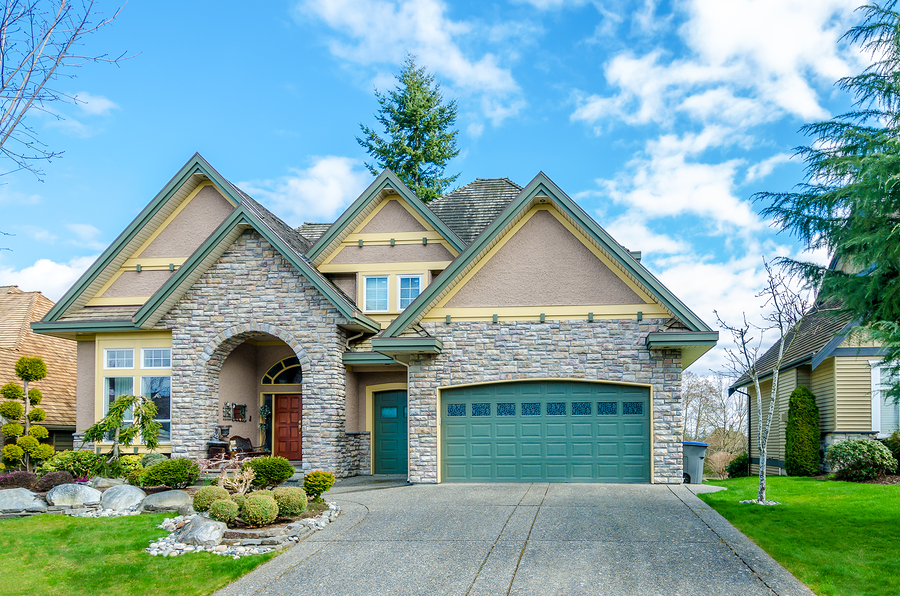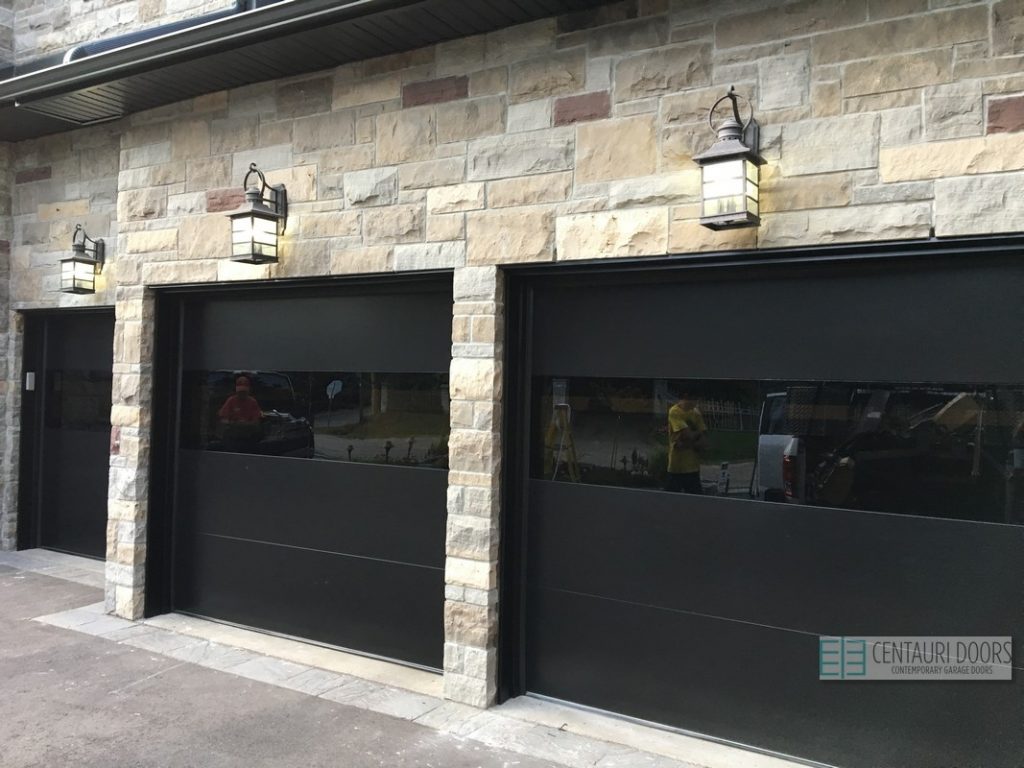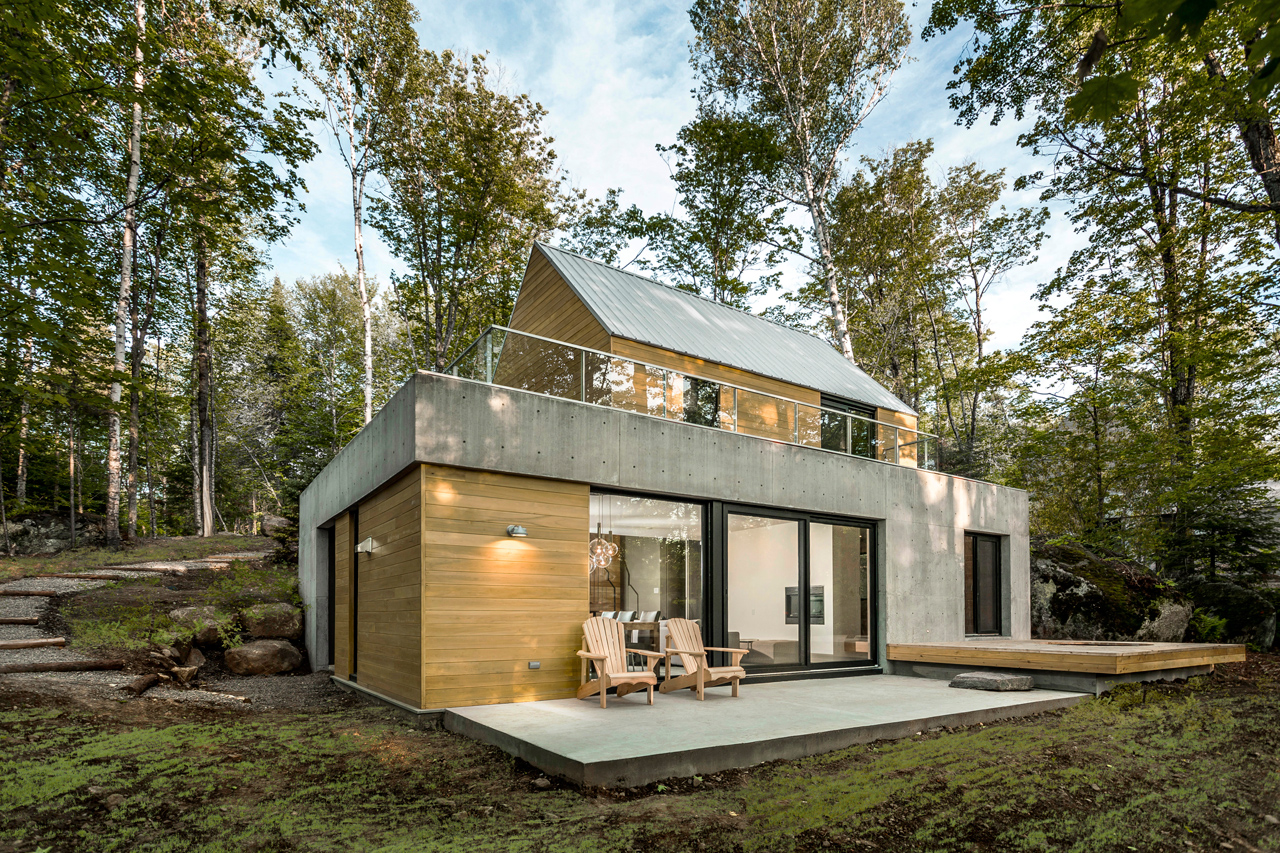Apart from just securing your home, garage doors shape its first impression. Flush garage doors, known for their smooth, panel-free surfaces, have become a go-to choice for homeowners seeking a modern yet versatile look. But with so many options, how do you pick the right one without overspending? Let’s explore top-rated models, installation nuances, and cost-saving strategies to help you make an informed decision.
Top-Rated Flush Garage Door Brands and Models
The best flush garage doors combine durable materials, sleek design, and energy efficiency. Here’s what sets leading brands apart:
Wayne Dalton 40 Series Steel Doors
Contrary to common misconceptions, the Wayne Dalton 40 Series uses galvanized steel (not wood) for its flush doors. These models feature polystyrene insulation cores and withstand harsh weather while maintaining a minimalist profile. Their versatility suits everything from modern farmhouses to suburban homes, earning praise for durability and clean lines 1.
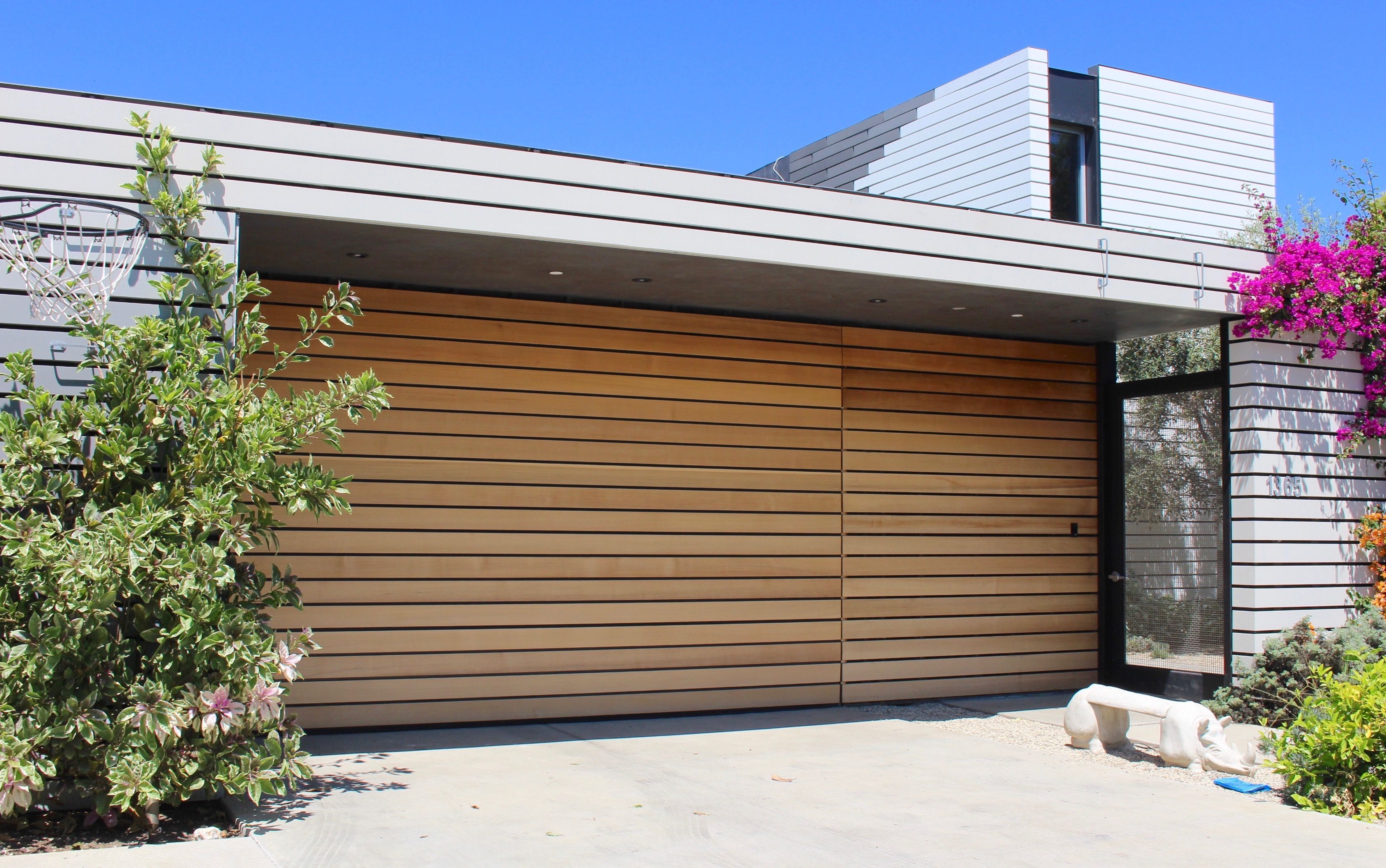
Clopay Modern Steel Flush Panels
Clopay’s steel doors mimic wood textures with striking realism while offering rust-resistant finishes. A favorite for coastal homeowners, their doors use polyurethane insulation (R-12 to R-18) to boost energy efficiency, reducing heating costs by up to 20% in colder climates 23.

Affordable Alternatives: Amarr and Raynor
For budget-conscious buyers, Amarr’s aluminum doors provide a lightweight, corrosion-resistant option ideal for humid regions. Raynor’s steel models offer similar benefits at lower price points, though their designs lean more utilitarian 45.
Why These Options Stand Out
- Material Quality: Steel dominates for strength, while aluminum excels in salt-air environments.
- Insulation: Higher R-values (insulation strength ratings) translate to better thermal efficiency 3.
- Style Flexibility: Smooth surfaces easily integrate with brick, siding, or stucco exteriors 7.
Buying Guide: Key Features for Budget-Conscious Buyers
Affordable doesn’t have to mean compromising quality. Focus on these elements when shopping:
Prioritize Steel or Aluminum
Steel remains the most cost-effective option, with prices ranging from $800–$2,500. Its galvanized finishes resist dents and rust, making it ideal for four-season climates. Aluminum (average cost: $1,000–$3,000) is lighter and corrosion-proof, which is perfect for coastal homes, but may dent more easily 59.
Insulation Trade-Offs
Polystyrene foam (R-6 to R-8) provides basic insulation at a lower cost than polyurethane. While less efficient, it’s still 30% more effective than non-insulated doors—a smart compromise for mild climates 103.
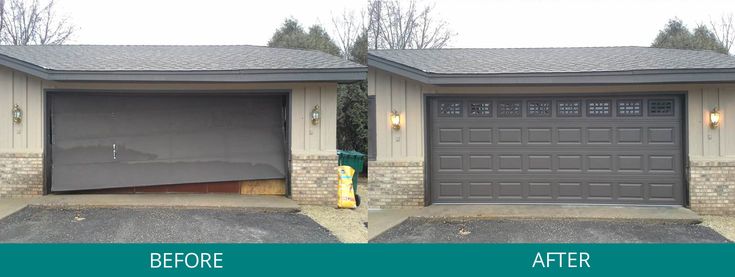
Low-Maintenance Benefits
The flat surfaces of flush doors repel dirt better than paneled designs. Powder-coated finishes only need a quick rinse with a garden hose, saving hours on upkeep 7.
Pro Tip: When my neighbor upgraded their garage, opting for an in-stock Clopay design saved them $450 compared to a custom order.
Installation Insights: Why Precision Matters
Flush doors demand meticulous installation to ensure seamless integration with your home’s exterior. Here’s how the process differs from traditional doors:
Frame Alignment Challenges
Installers use temporary boards to align frames perfectly with exterior cladding, which is a step rarely needed with raised-panel doors. Even a 3 mm misalignment can cause gaps that let in drafts or pests 1314.
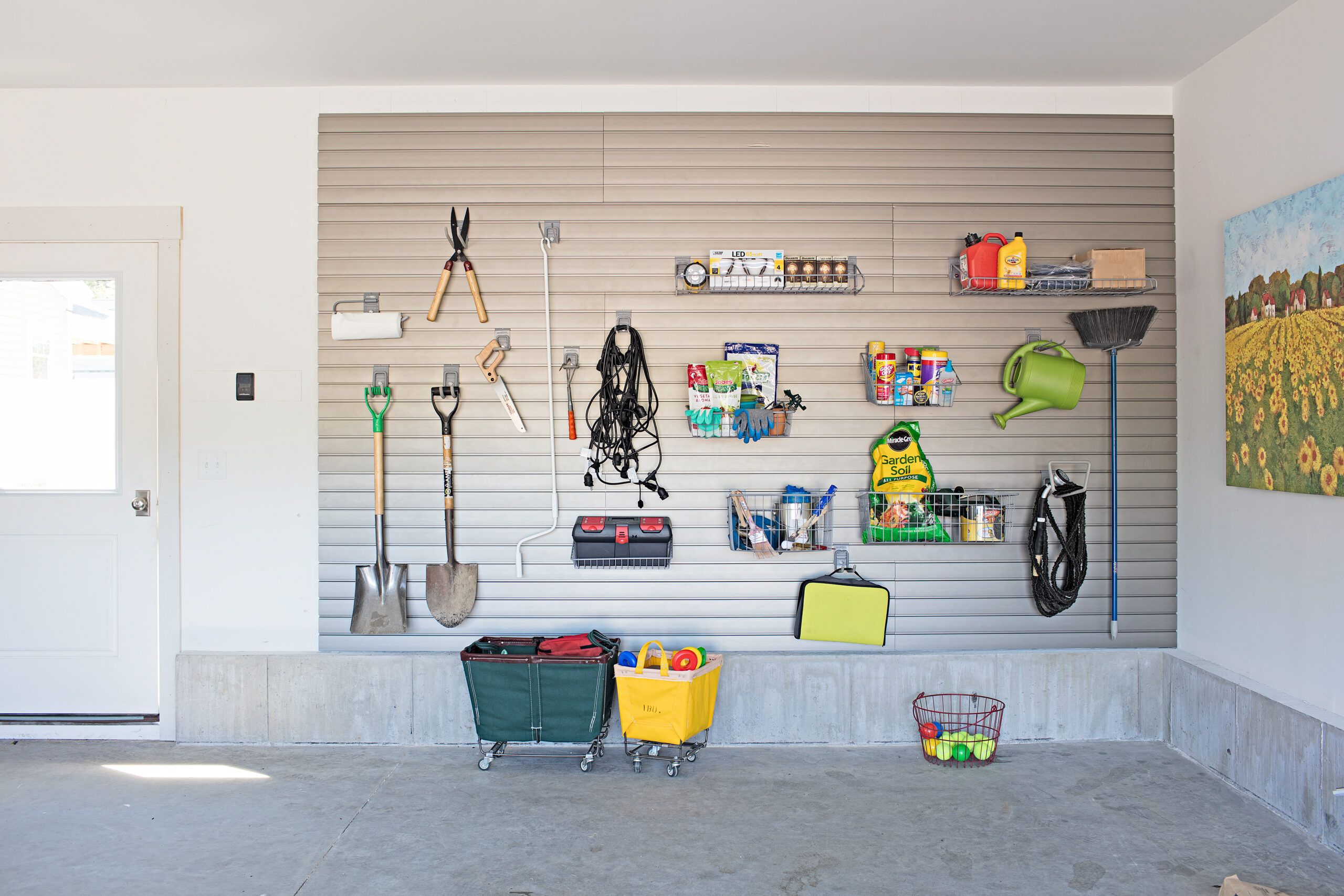
Track Adjustments
Vertical tracks must be spaced 20 mm wider than the door panels to ensure smooth operation. Specialized hardware like adjustable jamb brackets fine-tunes alignment, unlike traditional door setups 13.
Cost Consideration: Professional installation adds $300–$700 but prevents costly errors. One client attempted a DIY install and spent $1,200 fixing a misaligned track that damaged their opener.
Material Breakdown: Choosing What Works for Your Home
Steel
Aluminum
- Pros: Lightweight, rustproof, ideal for large doors
- Cons: Less insulation, prone to cosmetic dents
- Best For: Coastal or humid climates 5
Wood
- Pros: Unmatched natural beauty
- Cons: High maintenance, costs $1,500–$5,000
- Best For: Custom builds where aesthetics trump practicality 9
Composite
- Pros: Wood look without the upkeep, moderate pricing ($1,200–$4,000)
- Cons: Limited texture options
- Best For: Modern homes seeking low-maintenance charm 9
Cost-Saving Strategies Without Sacrificing Quality
The average installed cost ranges from $1,500–$3,700, but smart choices can lower expenses:
- Choose Stock Sizes: Pre-fabricated doors from retailers like Lowe’s cost 15–20% less than custom orders 21.
- Skip Unnecessary Upgrades: Single-layer insulation suffices if you’re not in extreme climates.
- Time Your Purchase: Many brands offer spring discounts. I recently helped a client save $370 by ordering during Clopay’s March promotion.
Maintenance Tips for Longevity
- Monthly Cleaning: Wipe surfaces with a microfiber cloth and mild detergent to prevent grime buildup 22.
- Annual Lubrication: Apply silicone spray (not oil) to rollers and hinges every fall.
- Weatherstrip Checks: Replace cracked seals before winter to keep energy bills in check 23.
Safety First: When to Call a Professional
Garage door springs under tension can cause severe injuries if mishandled. While replacing weatherstripping is DIY-friendly, always hire certified technicians for:
- Spring adjustments
- Opener installations
- Track realignments
Final Takeaways
- Steel and aluminum deliver the best value for most homeowners.
- Professional installation prevents alignment issues and safety risks.
- Prioritize insulation (R-value) based on your climate.
By balancing cost, material, and expert installation, your flush garage door will enhance your home’s curb appeal and efficiency for decades. Brands like Wayne Dalton and Clopay prove that smart design doesn’t have to break the bank.

